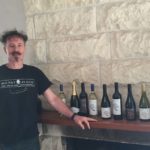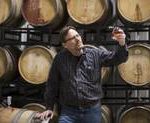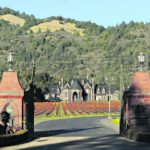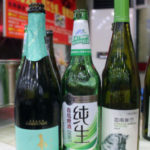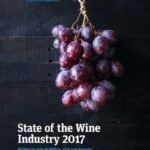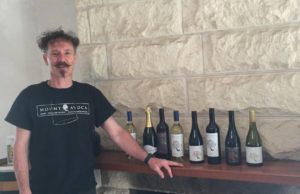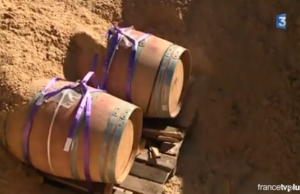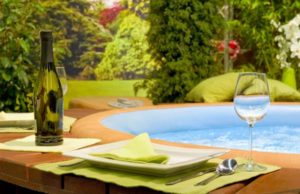Winemakers keep busy to ensure quality wines while vines sleep during winter months

Visit Temecula Valley
Special to Valley News
The annual growth cycle of Temecula Valley’s grapevines consummates in autumn with leaf fall followed by vine dormancy. After harvest, typically August through October in Temecula, the vine’s roots and trunk are busy storing carbohydrate reserves produced by photosynthesis in their leaves. Once the level of carbohydrates needed by the vine is reached, the leaves change from green to yellow and start to fall off the vines. Usually after the first frost, the vine enters its winter dormancy period. During this time, winemakers get a break from the bulk of their farm work as the vines sleep and start to prepare for the next wine season.
During this dormant period, according to Wiens Family Cellars winemaker Joe Wiens, the vines don’t need a lot of attention. Wiens puts on a little water to keep the roots moist and let them sleep.
“We get to breathe a sigh of relief after the long hours of crush but have plenty of other things to keep us busy,” said Wiens.
Blending, barrel work and bottling, in addition to brushing up on wine knowledge, new techniques, and attending winemaking seminars to continually improve are some of the things that keep him busy.
“Wintertime is busy,” Palumbo Family Vineyards & Winery Winemaker and Owner Nick Palumbo said. “The good news is it gets cold here in Temecula, so the vines go into dormancy and that gives us a chance to get caught up in the cellar after a long harvest season. That means topping barrels, assessing previous vintages and getting ready for bottling as well as general maintenance. Mulching is done if needed and pruning all needs to be done just after the holidays. Weed and pest control (gophers etc) as well as going through the irrigation system and getting that dialed in for the spring are all on the to do list. We also don’t forget to prep for much needed rain events. We need to make sure if and when we do get rain, it doesn’t erode our soils and farm roads. Winter is a good time for winemakers to take off the cellar boots, put on the farm boots, and get out in the quiet cold mornings alone and start making next year’s wine which will be hanging on the vines sooner than we think.”
At Danza del Sol Winery, Art Villareal, the winery’s winemaker, stays busy during winter processing wines from the recent harvest. This includes filtration, cold stabilizing, racking and placing wine into barrels.
“There is no downtime in winemaking. We are always processing wine from the previous harvest and preparing for the upcoming bottling season,” Villareal said.
As far as vineyard maintenance goes, Villareal says patience is key and waits for the vines to go dormant and then prunes them back. He also states Temecula Valley is special as the winter keeps the vines asleep only as long as necessary and ensures a longer period of time to mature the clusters during the growing season.
Combine all the activity in the valley and some of the best winter weather in California, with cool mornings and warm sunny afternoons, a visit to Temecula Valley Southern California Wine Country is an excellent winter destination. Many wineries offer behind the scenes tours where guests can see firsthand some of the winter viticulture and winemaking processes. Temecula is only a 90-minute drive from Los Angeles and a 60-minute drive from Orange County, Palm Springs and San Diego, making it an easy destination to travel to. Guests interested in a multi-day, visit can take advantage of many of the local hotels, inn and resorts’ offseason rates, while mid-week visitors can take advantage of the offseason rates and special Sunday through Thursday rates.
Click here to view original web page at myvalleynews.com







